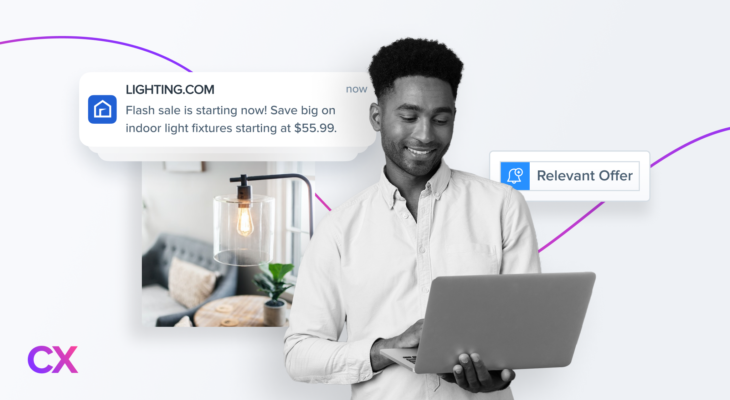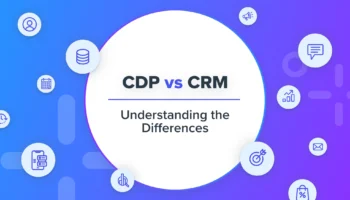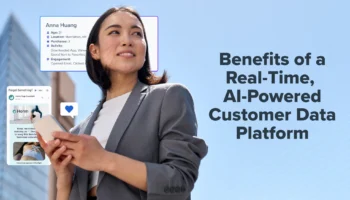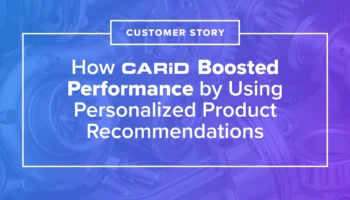Mobile commerce is growing much faster than ecommerce. Mobile apps are not only extending commerce beyond the desktop, but also enabling new ecommerce use cases like social commerce and on-demand services.
However, ecommerce apps tend to have much a lower retention rate than other categories like messaging apps. According to Business 2 Community, shopping apps typically see relatively low retention due to high marketplace competition and consumers being loyal to multiple brands at the same time Although shopping app retention rates have increased since 2020 due to the COVID-19 pandemic, implementing a dynamic ecommerce marketing strategy to retain your customers is essential.
On that note, push notifications are often used for increasing user retention and re-engagement within apps. While push notifications can be extremely effective when done well, they can be bothersome for customers when done wrong. Compared to emails, the bar for relevancy that a push notification has to meet is unusually high. First of all, there are far fewer words you can say in a push notification; secondly, unlike emails that customers can read later at their convenience, push notifications can burden the user with the expectation of an immediate response.
Below, we outline our five rules for driving superior ecommerce retention through relevant push notifications. Keep reading to learn more.



